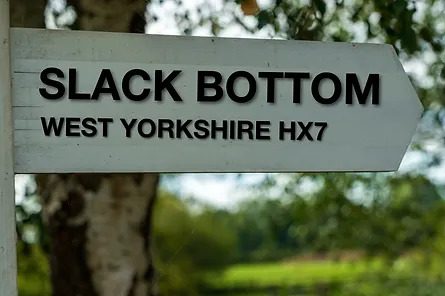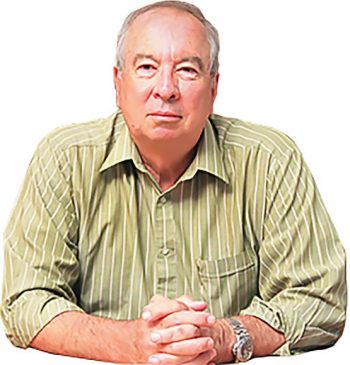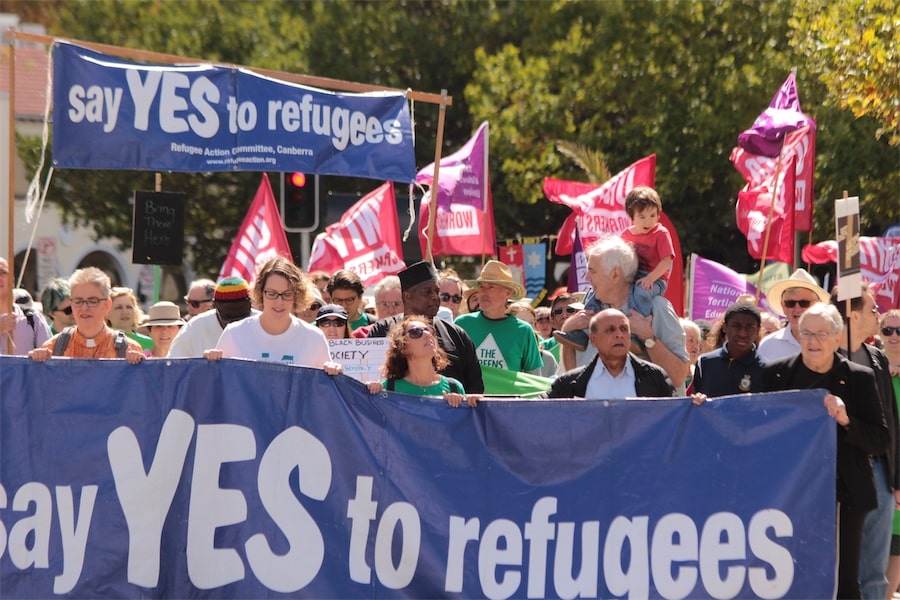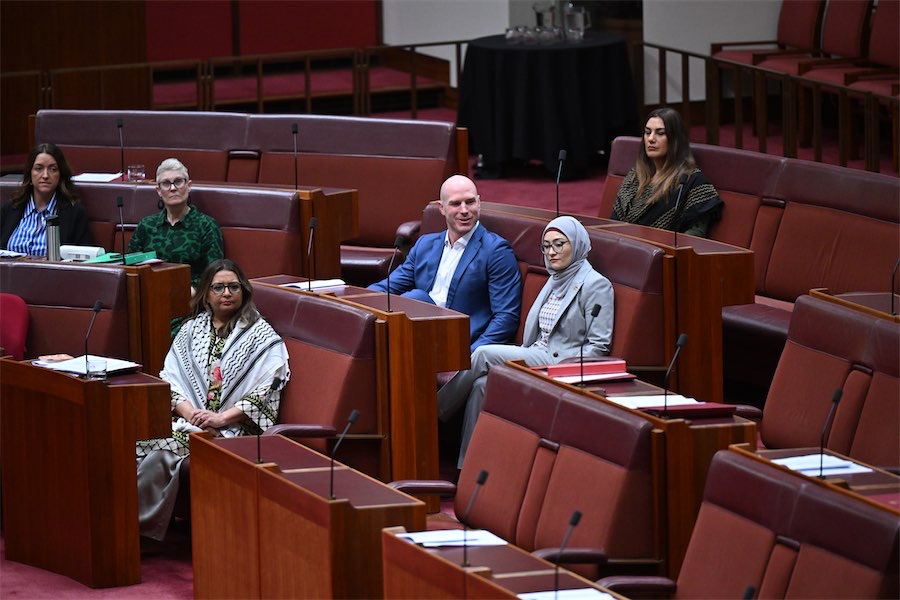
In this “Whimsy” column CLIVE WILLIAMS tackles the ever changing world of toponyms (who knew?).
A TOPONYM is the name of a place; Boston, Montreal and Sydney are all toponyms.

Words beginning with “topo” usually have to do with places, as with a topological map; words ending in “nym” usually relate to a name or word. Examples of nym endings include eponym (a person after whom a discovery, invention, place, etcetera is named) and pseudonym (a fictitious name, especially one used by an author).
For the statistically-minded, there are 25 English words beginning with topo and 47 ending in nym.
Anyway, toponymy is the study of place names – and there are some unusual ones: Puke is a real place in Albania. Ugley can be found in Essex. Boring is in Oregon. Slack Bottom is near Hebden Bridge, Yorkshire. Fleatown is in Ohio. Middle Wallop is a small town in Hampshire. Hell is in the Cayman Islands – I know because I’ve been there. And you should probably avoid Piles in Spain.
Turning to the changing of placenames, no doubt some people will resist referring to Turkey as Turkiye, and say that if we are going to adopt foreign language names, we should be consistent and refer to Germany as Deutschland etcetera. In fact, most countries have changed their names over time.
An exception seems to be Bulgaria. It has been “Bulgaria” for more than 1300 years.
Another long-lived country name is “England”. The country consisted of various Anglo-Saxon kingdoms until 927 when it was united as the Kingdom of England by King Æthelstan (927-939). Before that it was known as Engla land, meaning the land of the Angles, people from continental Germany, who began to invade Britain in the late 5th century along with the Saxons and Jutes.
Here are some examples of modern country name changes:
Burkina Faso was Upper Volta until 1984.
Congo changed from being Zaire in 1997.
Czech Republic was known as Czechoslovakia before its peaceful split into two parts in 1993. (Slovakia became the other separate country.)
Eswatini was renamed from Swaziland in 2018 by King Mswati III.
Iran was known as Persia until 1935. The decision to change the name was made to emphasise the nation’s connection to its Aryan heritage.
Myanmar changed its name from Burma in 1989.
Namibia was South-West Africa before gaining independence from South Africa in 1990.
North Macedonia was formerly known as Macedonia; the country changed its name in 2019 to resolve a long-standing dispute with Greece.
Sri Lanka was known as Ceylon until 1972.
Tanzania is a blend of Tanganyika and Zanzibar from when the two countries united in 1964.
Thailand changed its name from Siam in 1939 then briefly became Siam again from 1945 to 1949, and then reverted back to Thailand.
Timor-Leste was East Timor before gaining independence from Indonesia in 2002.
Zimbabwe was known as Rhodesia until April 18 1980. This change marked the end of white minority rule and the establishment of an independent republic.
Cities have also changed their names, usually to recognise the original or native language name:
Beijing formerly known as Peking – China
Chennai formerly known as Madras – India
Ho Chi Minh City formerly known as Saigon – Vietnam. (Ho Chi Minh international airport identifier is still SGN.)
Istanbul formerly known as Constantinople – Turkey
Kolkata formerly known as Calcutta – India
Kyiv formerly known as Kiev – Ukraine
Minsk formerly known as Mensk – Belarus
Mumbai formerly known as Bombay – India
Munich formerly known as München – Germany
Saint Petersburg formerly known as Leningrad – Russia
Volgograd was formerly known as Stalingrad – Russia
In Australia, we now acknowledge native names that predated the colonial names, as with Ayers Rock and Uluru. The feature was called Uluru a long time before Europeans arrived in Australia.
The word is a proper noun from the Pitjantjatjara language and doesn’t have an English translation.
In 1873, the explorer William Gosse became the first non-Aboriginal person to see Uluru. He named it Ayers Rock after Sir Henry Ayers, the Chief Secretary of South Australia. Ayers Rock was the most widely used name until 1993, when the rock was officially renamed Ayers Rock/Uluru – the first feature in the Northern Territory to be given dual names. In 2002 the names were reversed at the request of the Regional Tourism Association in Alice Springs, and the rock became Uluru/Ayers Rock.
It seems therefore that if you continue to use Turkey instead of Turkiye you could be accused of being one.
Clive Williams is a Canberra columnist.
Who can be trusted?
In a world of spin and confusion, there’s never been a more important time to support independent journalism in Canberra.
If you trust our work online and want to enforce the power of independent voices, I invite you to make a small contribution.
Every dollar of support is invested back into our journalism to help keep citynews.com.au strong and free.
Thank you,
Ian Meikle, editor









Leave a Reply